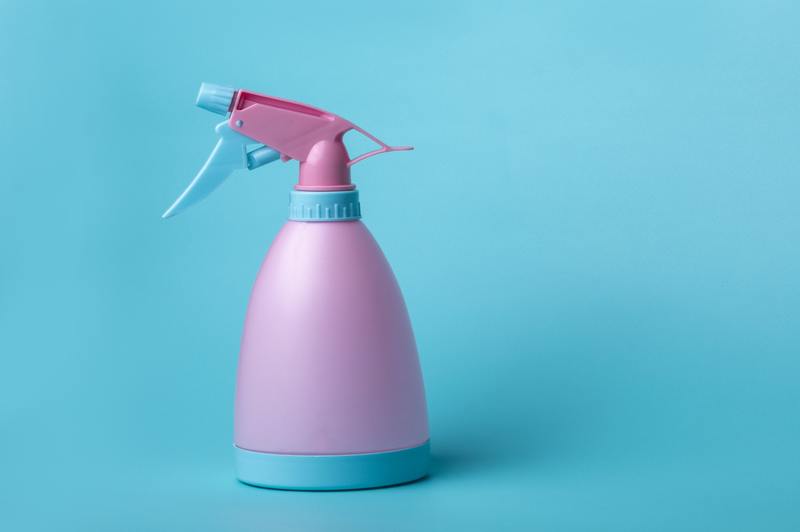When attempting DIY pest control, you may wonder, “is ready to use products necessary in pest control?” Not only are they necessary, but most organizations dealing with the subject recommend ready-to-use products.
Here’s a quick in-depth explanation of these pesticides.

What Should You Know About Ready-To-Use Products?
To give you an idea about ready-to-use or RTU products, they are pesticides that don’t require any diluting, and, of course, you can use them without any prior procedures. This type of pest control product can make DIY pest control an easier and safer task.
In fact, according to the United States Environmental Protection Agency, you should use RTU products whenever you can.
Because of RTU products’ convenient use, you can finish them up in a short period.
Their easy-to-use qualities also eliminate the need of acquiring special equipment for mixing or diluting pesticides. With other, more complicated pesticides that come with procedures, the equipment one will use with them warrant meticulous maintenance and careful mixing of pesticides it’ll use.
With RTU products, you can simply fill up a trigger pump and spray affected areas. Alternatively, they can come in a spray canister or bottle that you can immediately use.
Because RTU products cut down time and complication, you could say purchasing them for pest control applications can be a more cost-effective way to deal with unwanted vermin. Plus, since you’ll need to carefully handle pesticides that require dilution, RTU products ensure that you handle them more responsibly.
What Are The Types Of RTU Products?
The first thing that may come to your mind is probably sprayed pesticides. There are a wide array of RTU products that don’t warrant any preparation.
Some of these products are low concentration solutions, aerosols, baits, dusts, and granules. For more information on how to use these products, here’s a helpful guide on what are the 3 methods of pest control.
1. Low concentration solutions
These solutions often come in spray bottles. The active ingredient in them is often one percent or less per unit volume mixed in organic solvents.
Because of their low concentration, these solutions hardly leave a stain on fabrics nor do they emit foul odors. These qualities make for easy use on institutional or structural pest and household applications.
2. Aerosols
Aerosol products can either be RTU or for use in electric or gasoline-powered generators. RTU aerosols come in pressurized spray canisters.
Some common uses of aerosol products are in greenhouses, small nooks and crannies in buildings, or targeted outdoor areas. Commercial aerosol sprays can also be refillable.
Remember to exercise caution when using aerosol products as inhalation could spell all sorts of health hazards.
3. Baits
Baits can either come in solid or liquid form. Either type is made RTU.
- Liquid baits
These come in packages that are RTU with sugar-based mixtures within the bait station. Common uses of liquid bait include controlling ant infestations and sometimes cockroaches too.
When used against ants, the ants can carry the bait back to their colony to deal with the colonies. Take note that some species of ants may not be attracted to such bait.
It’s important to remember to regularly replace your liquid baits.
- Solid baits
These baits include the chemicals mixed with food or anything else that attracts vermin. The quantity of active ingredients usually measures about five percent or less.
When using them indoors, they can deal with various insects such as but not limited to ants, flies, or cockroaches. Outdoors, they can control snails, slugs, and some other insects dwelling outside the home or establishment.
When purchasing solid baits, ensure that the bait stations are tamper-resistant as per federal regulations.
4. Dusts
Dust formulations contain quantities of ten percent or less active ingredients mixed with talc, clay, volcanic ash, chalk, or nut hulls. The size of the particles depends on the kind of ingredients that make up the formulation.
Some with higher amounts of active ingredients need to combine with dry inert carriers before application. However, the aforementioned 10 percent or less active ingredient formulations are RTU.
People commonly use dust mostly for agricultural purposes. On the other hand, you can use dust for the little cracks and crevices in structures to deal with insects hidden throughout.
The way dust works is insects will either ingest them or absorb them through their outer body covering.
5. Granules
Granular formulations share similarities to dust, but their particles are bigger and bulkier.
They comprise either corncobs, walnut shells, or clay with the active ingredient coating the granules. The quantity of active ingredient ranges from one to fifteen percent by weight.
People commonly use granules for outdoor pest control by applying them to the soil. They take care of weeds, ants, or other parasites burrowing into the soil or feasting on your plants.
Some granules mix with soil’s moisture to spread out the active ingredient. You can also use granular formulations to take care of waterborne vermin such as mosquito larvae.
You may be concerned about the health and safety protocols that come with using the above products, but we’ve got you covered. Here’s a handy article detailing is pest control safe for humans.
Conclusion
So, is ready to use products necessary in pest control? Yes, they are.
When you want to try out DIY pest control methods, RTUs can make pest control a breeze.
